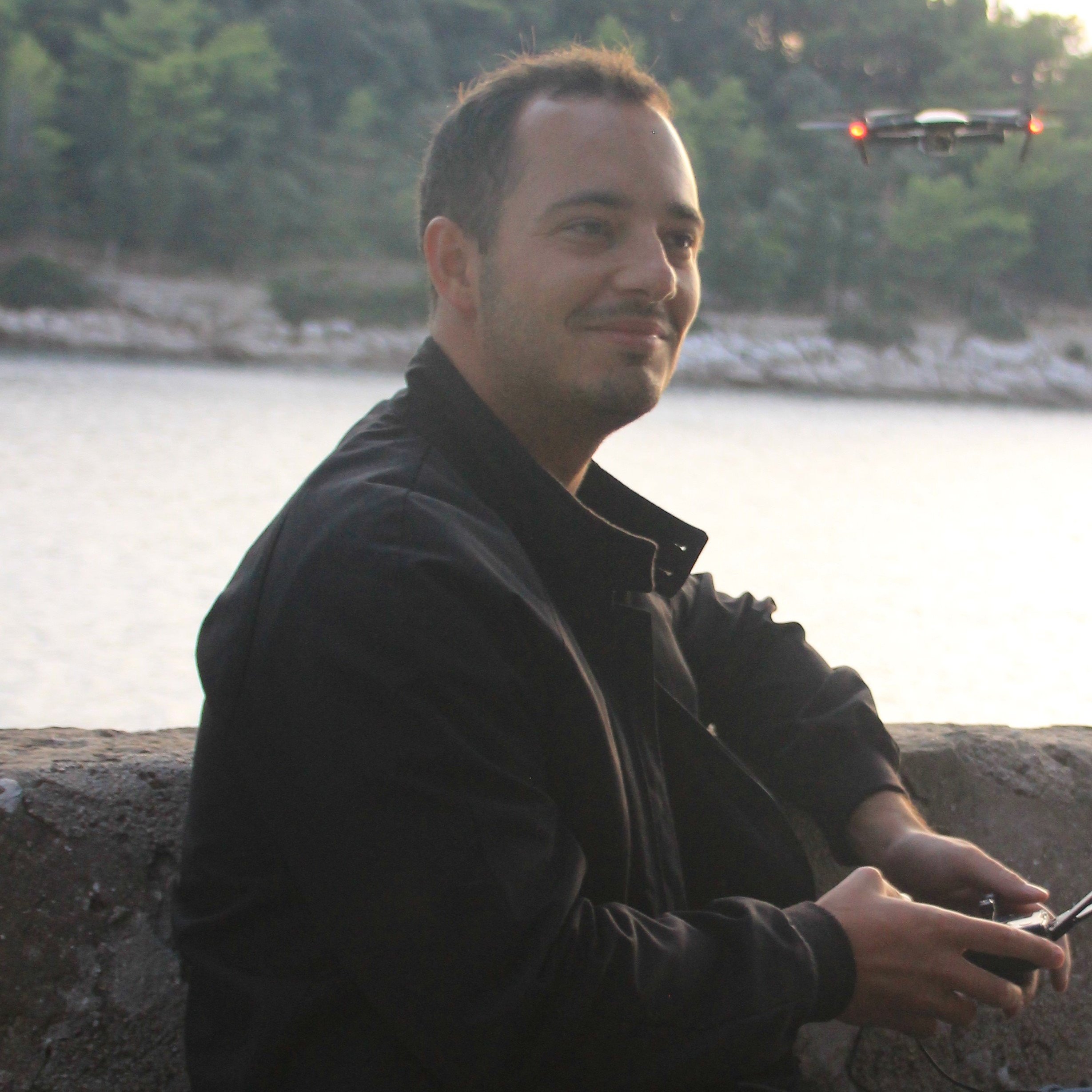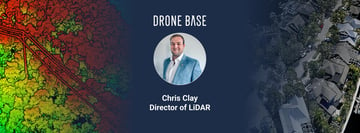When you see ‘drone’ and ‘wildfire’ in the same headline, it’s usually always bad news. Plenty of overzealous and irresponsible pilots have disrupted emergency efforts in the past, introducing another element of danger for emergency teams trying to tackle blazes from above.
Last summer, the state of California saw record-breaking wildfires. Many lives were lost and there was billions of dollars’ worth of damage. In 2019 and in the years to come, the situation is expected to worsen as climate change increases the severity of wildfire outbreaks.
A hotter, drier climate isn’t just an issue for the US of course. The size and destruction of wildfires are expected to rise around the world, from British Columbia to Greece, Portugal, Spain, Sweden and Siberia.
But it’s here, not too far from DroneBase HQ, that efforts are underway to make drone technology a part of the solution, rather than another nuisance firefighters have to navigate.
How drones can support California firefighters
This year, Acting Defense Secretary Patrick Shanahan has given the California National Guard blanket approval to use drone technology to support crews by mapping fires, counting destroyed houses and searching for survivors.
Rather than off-the-shelf models, California crews now have round the clock access to military drones - capable of staying airborne for 22 hours at a time - for fire mapping and damage assessment.
These unmanned aerial vehicles can use a range of onboard cameras and sensors, which include radar, infrared and multispectral, to see through clouds, smoke and darkness. This intelligence from above can give fire crews the information they need to order evacuations, deploy personnel and decide on the best next steps, fast.
For smaller scale fires, enterprise drones from manufacturers such as DJI are proving to be effective data gathering tools. Around the world, they are reducing the risk fire crews are exposed to and supporting more effective firefighting efforts.
In April, firefighters in Lancashire, England, relied heavily on drones to assist with a series of moorland fires. Instead of disrupting their efforts, the drones provided vital situational awareness and helped the crew improve the safety and speed of their operation.
@LFRS_DRONE providing imagery from Bacup wildfire last night, far safer using a drone to establish extent of fire before committing firefighters into a very dangerous environment. @LancashireFRS @Lancs_FireDCFO @BBCNews @GranadaReports pic.twitter.com/87qgXqveTA
— Chris Rainford (@LFRS_DRONE) April 7, 2019
Using drones to better understand wildfires
Drone technology also has an important role to play in helping researchers better understand the causes and spread of wildfires.
In Utah this month, scientists are carrying out a controlled burn across 900 hectares to clear out thousands of dead conifer trees that are blocking the progress of the native quaking aspen trees.
On the one hand it’s a clear-out mission to get rid of the dead wood. But it’s also a unique opportunity to help wildfire scientists better understand how blazes develop and spread.
An interdisciplinary research team will use drones, among other equipment, to track the burn, map the type and number of trees that add fuel to the blaze, and observe the smoke plume that emerges.
Drones will fly directly into the smoke to give the team a better idea of how plumes form and evolve. Knowing exactly what’s providing fuel on the ground will offer insights into how that fuel translates into smoke and the noxious chemicals that are produced.
One of the many challenges when dealing with wildfires is their unpredictability. Armed with more knowledge and understanding from drone-supported research projects like this, firefighters stand a better chance of tackling destructive blazes in the future.
Could drones actively tackle wildfires?
Several manufacturers have already designed tethered drones capable of directing water hoses and tackling static blazes.
But if drones are to take an active role in dealing with fast-moving wildfires, a more innovative approach is needed.
In the not too distant future, we could see swarms of drones working as a collective to take on wildfires. Imagine a chain of one thousand units, operating around the clock to keep a wildfire at bay.
The concept of an ‘aerial aqueduct’ was mooted by DJI North America’s head of R&D, Arnaud Thiercelin at the Global Tech Forum in November last year.
Firefighters are just one emergency service benefitting from drone technology. Read our blog on how drones are being used to support mountain rescue teams.





